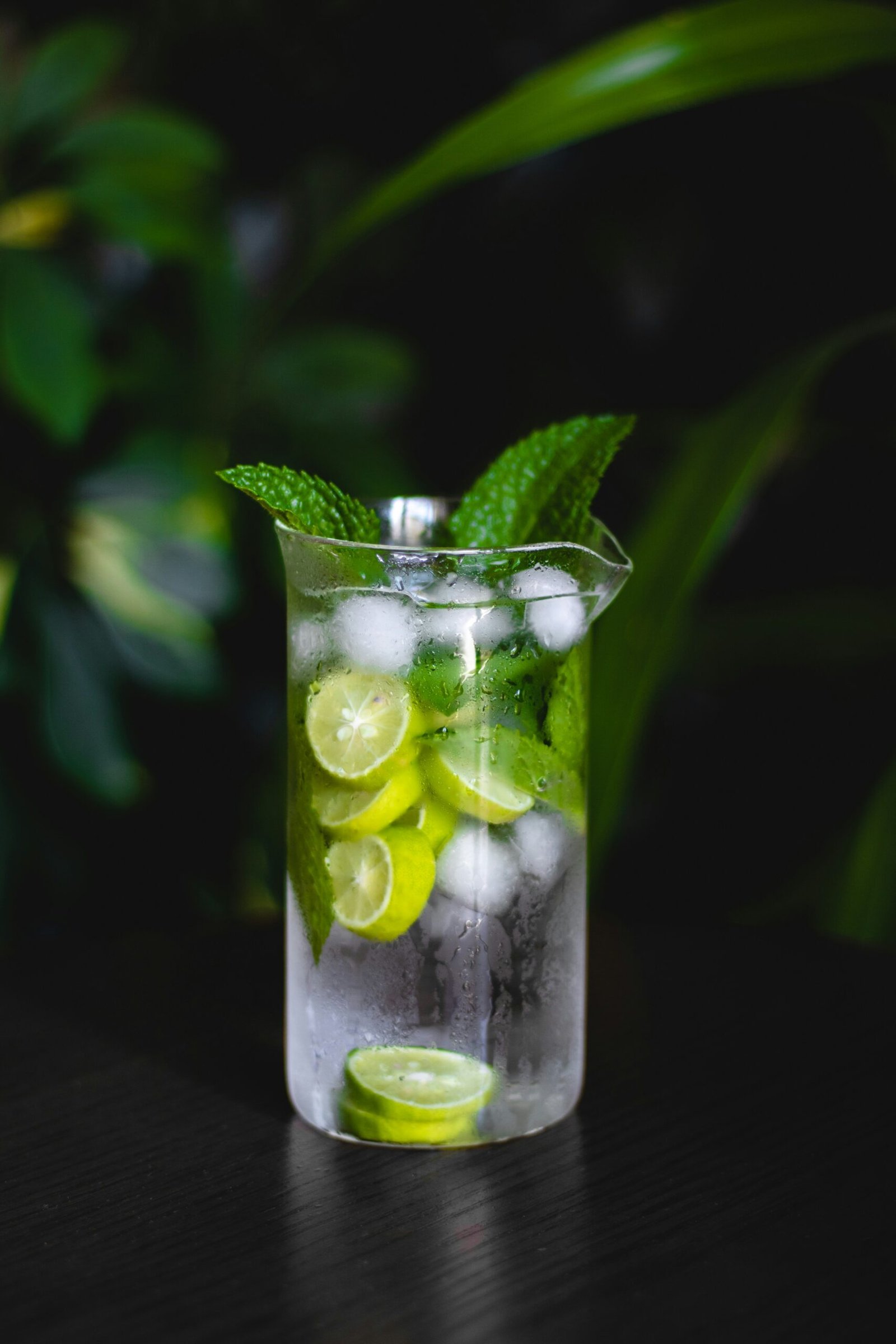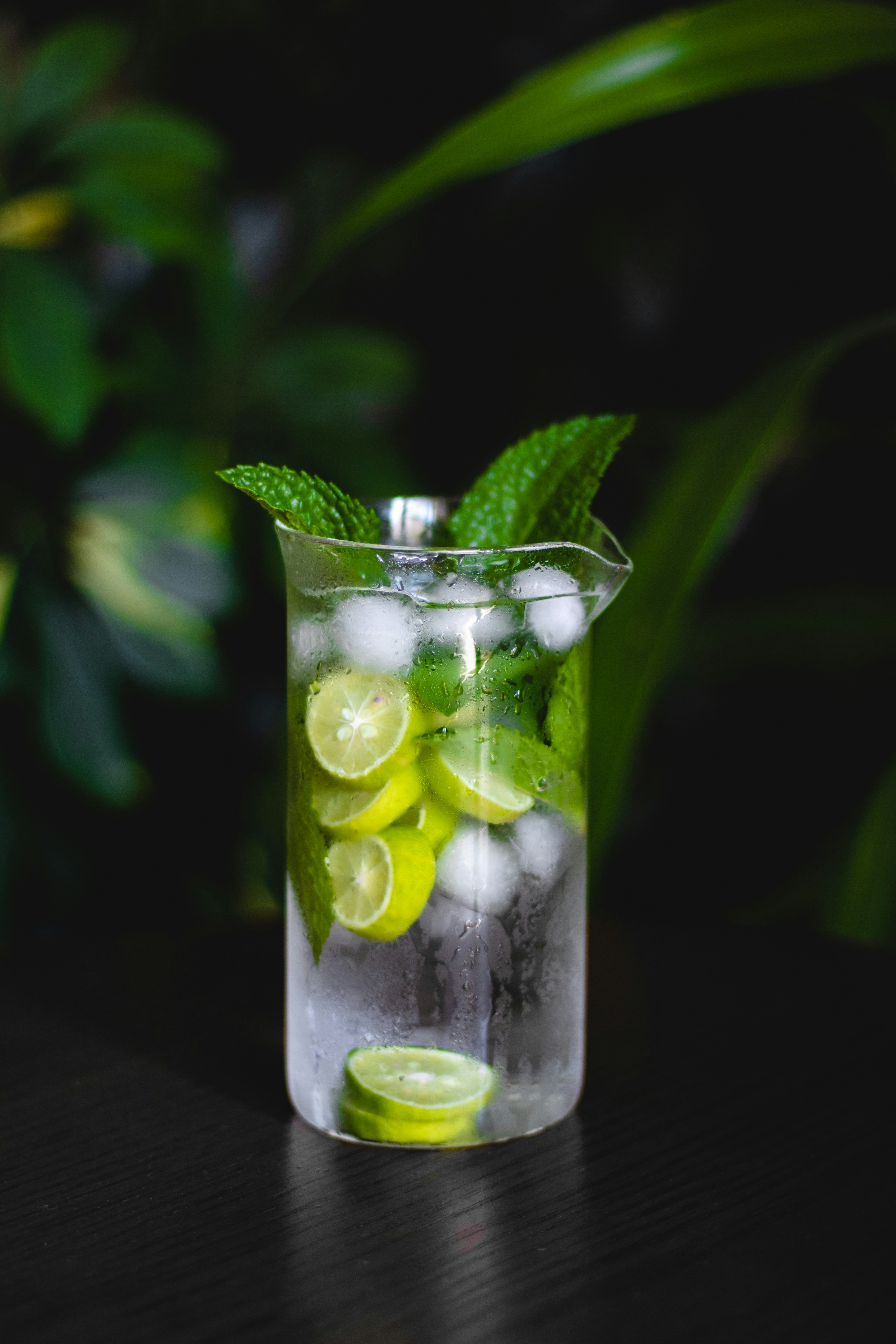Are you a fan of beverages but concerned about their impact on your health? Look no further! This article, “Understanding The Oxalate Content In Beverages: What To Drink And What To Avoid,” provides an overview of the oxalate content in various drinks. Whether you’re looking to protect your kidneys or manage kidney stone formation, this article will guide you in making informed choices about what to sip and what to stay away from. So, grab a seat, relax, and let’s dive into the fascinating world of oxalate content in beverages!
What are Oxalates?
Definition of Oxalates
Oxalates are naturally occurring compounds that are found in a wide range of plant-based foods and beverages. They are essentially salt forms of oxalic acid and are known for their ability to bind with minerals, such as calcium, forming oxalate crystals. These crystals can cause various health issues, including kidney stones and interference with nutrient absorption.
How Oxalates are Formed
Oxalates are formed in plants as a byproduct of normal metabolic processes. Some plants tend to accumulate higher levels of oxalates compared to others. The concentration of oxalates in a plant can be influenced by factors such as soil composition, plant genetics, and growing conditions. When consumed, these oxalates can have different effects on health, depending on the individual’s sensitivity and overall diet.
Effects of Oxalates on Health
Formation of Kidney Stones
One of the most well-known effects of oxalates on health is its role in the formation of kidney stones. When oxalate levels in the body are high, they can combine with calcium to form calcium oxalate crystals. These crystals can then accumulate in the kidneys and urinary tract, leading to the development of kidney stones. These stones can cause significant pain and discomfort and may require medical intervention to remove.
Nutrient Absorption Interference
Another concern with high levels of oxalates is their ability to interfere with the absorption of certain nutrients in the body. Oxalates can bind to minerals such as calcium, iron, and magnesium, preventing their absorption into the bloodstream. This can potentially lead to deficiencies in these essential nutrients, affecting overall health and wellbeing.
Oxalate Content in Beverages
Factors Affecting Oxalate Content
The oxalate content in beverages can vary widely depending on several factors. Firstly, different types of plants used in the production of beverages can vary in their oxalate levels. For example, beverages derived from spinach or rhubarb, which are known to have high oxalate levels, will naturally contain higher amounts of oxalates.
Furthermore, processing methods and cooking techniques can also affect the oxalate content in beverages. High-temperature cooking methods, such as frying or roasting, can help reduce the overall oxalate content in some ingredients. On the other hand, juicing or pureeing certain fruits and vegetables may concentrate the oxalates, increasing the content in the resulting beverage.
Measuring Oxalate Levels in Beverages
To accurately determine the oxalate content of a beverage, laboratory analysis is required. There are specific tests available that can quantify the amount of oxalates present in a given sample. These tests involve extracting the oxalate compounds from the beverage and then measuring their concentration using specialized equipment. This information can help consumers make informed choices about their beverage consumption, especially if they have specific dietary restrictions or concerns.
Beverages with High Oxalate Content
List of High-Oxalate Beverages
- Spinach Smoothies: Spinach is notoriously high in oxalates, and when blended into smoothies, the oxalate content can be further concentrated.
- Rhubarb Juice: Rhubarb is another plant known for its high oxalate levels. Juicing it can result in a beverage with significant oxalate content.
- Beetroot Juice: While beetroot juice offers many health benefits, it also contains moderate levels of oxalates.
- Green Tea: While generally considered a healthy beverage, green tea is also known to contain notable levels of oxalates.
Common Ingredients Contributing to High Oxalate Levels
Several common ingredients contribute to the high oxalate content in beverages. These include leafy greens such as spinach, Swiss chard, and beet greens. Additionally, certain fruits like rhubarb and blackberries can significantly increase the oxalate levels in a beverage. Finally, nuts and seeds, such as almonds and sesame seeds, also contain moderate to high levels of oxalates.
Moderate Oxalate Content in Beverages
List of Beverages with Moderate Oxalate Content
- Orange Juice: Freshly squeezed orange juice, when consumed in moderation, offers a good balance between nutritional benefits and oxalate content.
- Apple Juice: Apple juice is generally low in oxalates but should still be consumed in moderation due to its natural sugar content.
- Cranberry Juice: Cranberry juice is known for its various health benefits, and it also contains moderate levels of oxalates.
Tips for Consumption
While these beverages have moderate oxalate content, moderation is still key. It is important to maintain a varied and balanced diet and not solely rely on these beverages. Additionally, it is recommended to consume these beverages as part of a meal, rather than on an empty stomach. This can help mitigate the oxalate effects and ensure optimal nutrient absorption.
Low Oxalate Beverages
List of Low-Oxalate Beverages
- Water: The simplest and most readily available beverage, water is naturally low in oxalates and a safe choice for individuals with oxalate sensitivity.
- Coconut Water: This refreshing beverage contains low levels of oxalates and can be a suitable option for those looking to minimize their oxalate intake.
- Herbal Teas: Various herbal teas, such as chamomile, peppermint, and ginger, offer low oxalate content and are often enjoyed for their medicinal properties.
Alternative Choices for Oxalate-Sensitive Individuals
For individuals with a specific oxalate sensitivity, it may be necessary to explore alternative beverage options. Non-dairy milk alternatives, such as almond milk or oat milk, are generally low in oxalates and can be used as substitutes for those with lactose or oxalate intolerances. Additionally, clear broths and homemade vegetable juices can be prepared to ensure minimal oxalate content while still providing hydration and flavor.
Health Benefits of Beverages with Low Oxalate Content
Improved Kidney Health
By choosing beverages with low oxalate content, individuals with a history of kidney stones or kidney issues can help reduce their risk of developing further complications. Limiting oxalate intake can minimize the formation of calcium oxalate crystals in the kidneys and urinary tract, promoting better kidney health and function.
Enhanced Nutrient Absorption
Beverages with low oxalate content can also promote enhanced nutrient absorption. By avoiding excessive oxalates, the body can more effectively absorb essential minerals such as calcium, iron, and magnesium, ensuring their proper utilization for various bodily functions. This can contribute to overall better health and wellbeing.
Preparing Beverages to Reduce Oxalate Levels
Blanching and Boiling Methods
Blanching and boiling certain high-oxalate ingredients can help reduce their oxalate content. Blanching involves briefly immersing the ingredient in boiling water and then rapidly cooling it in ice water. This method can help leach out some oxalates. Furthermore, boiling ingredients in a generous amount of water can also help reduce the overall oxalate levels, as the oxalates leach into the water.
Adding Calcium to Offset Oxalate Effects
Adding a source of calcium to high-oxalate beverages can help reduce the potential negative effects. Calcium can bind with oxalates in the gastrointestinal tract, preventing their absorption into the bloodstream. By doing so, the risk of oxalate crystal formation in the kidneys and urinary tract can be minimized. Consuming calcium-rich beverages, such as milk or fortified plant-based milks, alongside high-oxalate options can help offset the oxalate effects.
Practical Tips for Managing Oxalate Intake
Monitor Portion Sizes
To manage oxalate intake, it is important to monitor portion sizes of high-oxalate beverages. While some beverages may be lower in oxalates, consuming large quantities can still contribute to excessive oxalate intake. By practicing portion control and balancing high-oxalate beverages with low-oxalate options, individuals can maintain a healthier balance.
Balance Oxalate-Rich and Low-Oxalate Beverages
To strike a balance between flavor and oxalate content, it is recommended to incorporate a variety of beverages into the diet. By alternating between high-oxalate, moderate-oxalate, and low-oxalate options, individuals can enjoy the flavors they love while still managing their oxalate intake. This approach allows for dietary variety while minimizing potential health risks associated with excessive oxalate consumption.
Conclusion
Considerations for Oxalate-Sensitive Individuals
For individuals who are particularly sensitive to oxalates or have a history of kidney stones, it is important to work closely with a healthcare professional or registered dietitian. They can provide personalized guidance on managing oxalate intake and help develop an individualized dietary plan that meets specific needs and health goals.
Balancing Dietary Variety and Oxalate Intake
While it is essential to be mindful of oxalate content in beverages, it is equally important to maintain a varied and balanced diet. By incorporating a wide range of foods and beverages, individuals can obtain the necessary nutrients and enjoy diverse flavors while managing their oxalate intake. As with any dietary consideration, moderation and balance are key to ensure long-term health and wellbeing.




